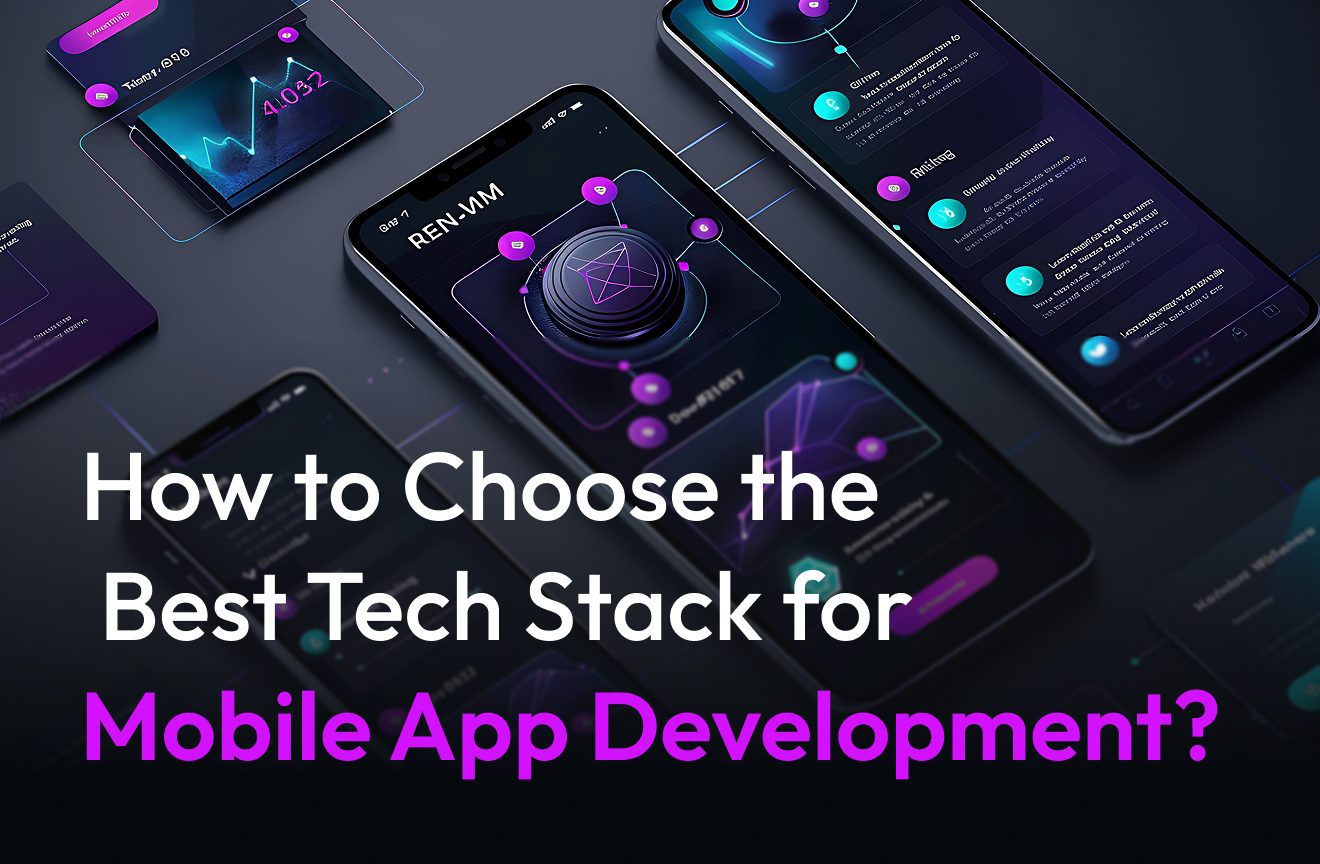A strong backend is the backbone of any successful website or web application. As web technologies advance, backend technologies also improve in performance, scalability and security. If you are a developer or working with the Best Web Development Company, it would be beneficial for you to know about these technologies so that you can bag the best opportunities in the industry. Here are the 12 most important backend technologies you should be aware of in 2025.
Why Backend Technologies Matter
This technologies are responsible for making web applications run smoothly, securely and efficiently. They deal with data processing, handle authentication, server-side logic and seamless communication between users and databases. Having a good backend is required for the following cases.
- Faster website performance
- Better security measures
- Efficient database management
- Smooth API integration
- Scalability and flexibility
1. Node.js
Node. js is still one of the best options for backend because of its speed and efficiency. This means developers can also build applications in Javascript on client and server sides for scalable and high-performance applications. Its non-blocking, event-driven design makes it suitable for real-time applications such as chat and streaming applications.
2. Django
Django is a web framework based on Python that helps you in backend development by offering many functions, including local authentication, ORM (Object-Relation Mapping) and several safety features. It sticks to the “batteries-included” philosophy so that developers can get all they need to make complex applications without third-party dependencies.
3. Laravel
Laravel is a known PHP framework, popular for its elegant syntax and powerful features. It offers built-in functions such as authentication, routing and caching, making it perfect for creating secure and scalable applications. Laravel has a very powerful ecosystem; it provides you with tools like Laravel Forge and Nova to manage your database and deploy your application.
4. Express.js
Express. js is a simple web framework for Node. js Simplified with Even Better Flexibility. It gives developers the ability to easily create RESTful APIs and is commonly used for microservices and API-driven apps. Express.js, MongoDB is a great match for js which is why many developers use it for full-stack Java development.
5. Ruby on Rails
Ruby on Rails (RoR) is a convention over configuration framework for creating dynamic web applications. It has several built-in tools for testing, database access and security. RoR is a favorite technology by tons of startups owing to its ease of use and ability to provide performance without making any concession to speed.
6. Spring Boot
Spring Boot, a framework built on Java, is used by most of the enterprise applications. This makes Java development easier with ready-to-go setups, making micro-services and cloud-based applications more accessible. It is especially designed to build large-scale web applications that require long-term support with security features and high performance.
7. Flask
Flask is a lightweight written in Python that enables for flexibility in cases where the developer demands minimalism. Flask, in contrast to Django, gives you more control of components, which makes it better Suitable for small projects and prototypes. It is simple yet scalable and is designed to work with modern databases and cloud services.
8. PostgreSQL
PostgreSQL is an object-relational database management system that is open-source. It is scalable, secure and extensible, which is why it is the go to option for complex queries and high data integrity applications. With JSON support, PostgreSQL is also fit for semi-structured data storage.
9. MongoDB
MongoDB is a NoSQL database which stores the data in JSON-like documents making it flexible and scalable. Its flexibility makes it great for use cases that involve processing a ton of unstructured data like analytics, social networks and other content management applications. It is horizontally scalable which makes it a preferred cloud-native database.
10. Firebase
Firebase is a cloud solution in the Google ecosystem that accelerates backend development with capabilities such as authentication, real-time databases and cloud storage. There is a very popular usage of it in most of the mobile and web applications that require real-time syncing and a serverless architecture.
11. GraphQL
GraphQL is a query language that highly rectifies the way we fetch and manipulate data. GraphQL provides more flexibility and efficiency in comparison to REST APIs, as they are competent in returning data in more compact data structures that consume less bandwidth and render more quickly in the UI. GraphQL is hugely used in quite a few modern applications such as social networking services and eCommerce sites to make data requests more efficient across APIs.
12. Kubernetes
Kubernetes, well also known as k8s is an open-source container orchestration that administer the deployment, scaling and operations of application containers across clusters of hosts. As microservices gained traction, the Kubernetes became the go-to technology for backend developers running cloud-native applications.
Conclusion
Learning about new backend technologies is crucial if you want your web apps to run safely, quickly and at scale. So, whether you’re inspiring developer or working in Best Web Development Company, you need to master these technologies to not defect in web development market.

Stay Up to Date
Get our newsletter

Table of Contents
Toggle



